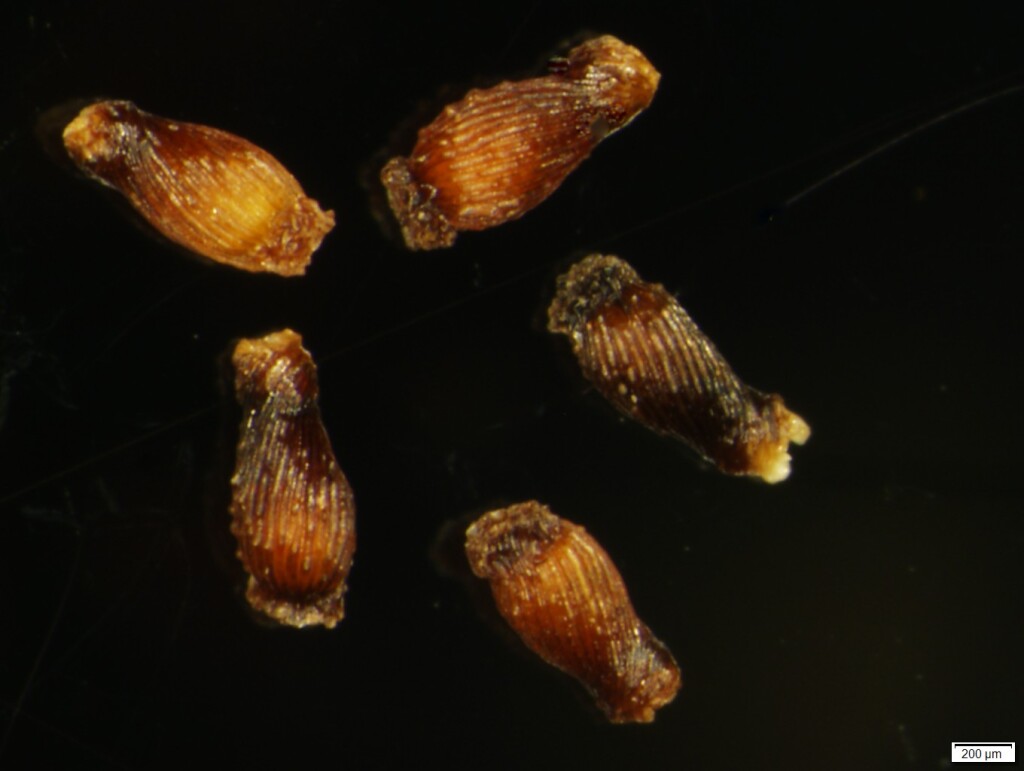Philydraceae
Erect herbs, perennial; rhizome or tuber present. Leaves parallel-veined, with basal sheath and long-tapering lamina; lower leaves distichous; upper leaves spiral, smaller than lower ones. Inflorescence a leafy spike when unbranched, if branched then spikes arranged in a raceme. Flowers bisexual, irregular. Perianth petaloid, with 2 whorls of 2 segments each; outer segments in median position (1 adaxial and 1 abaxial), larger than inner; inner segments in lateral position; stamen 1, opposite the abaxial (lowest) segment; filament fused at base to ovary, abaxial segment and to the 2 inner segments to form a short column; anther sometimes coiled (in Victoria); carpels 3, fused; ovary superior, 1- or 3-locular; style terminal; ovules numerous. Fruit a capsule, loculicidal, or sometimes septicidal; seeds numerous, small; endosperm well-developed.
4 genera with 5 species, occurring in all States except SA; also in western Pacific areas and mainland south-east Asia. Only Philydrum occurs in Victoria.
Conn, B.J. (1994). Philydraceae. In: Walsh, N.G.; Entwisle, T.J., Flora of Victoria Vol. 2, Ferns and Allied Plants, Conifers and Monocotyledons, pp. 633–634. Inkata Press, Melbourne.
 Spinning
Spinning

